照片盗窃(法律上称为版权侵权)是一个持续存在的问题,因此我想谈谈如何防止这种情况发生……
最近我一直在思考互联网对摄影行业的贡献。对于包括我在内的许多 Photologo 社区成员来说,互联网为我们打开了一扇大门,让我们可以追求自己的激情并发展自己的事业。然而,它也为人们创造了途径,让他们可以自己获取其他摄影师的作品并将其视为自己的作品。
这让我开始思考。我们可以做些什么来确保我们的工作得到更好的保护?让我们来看看……
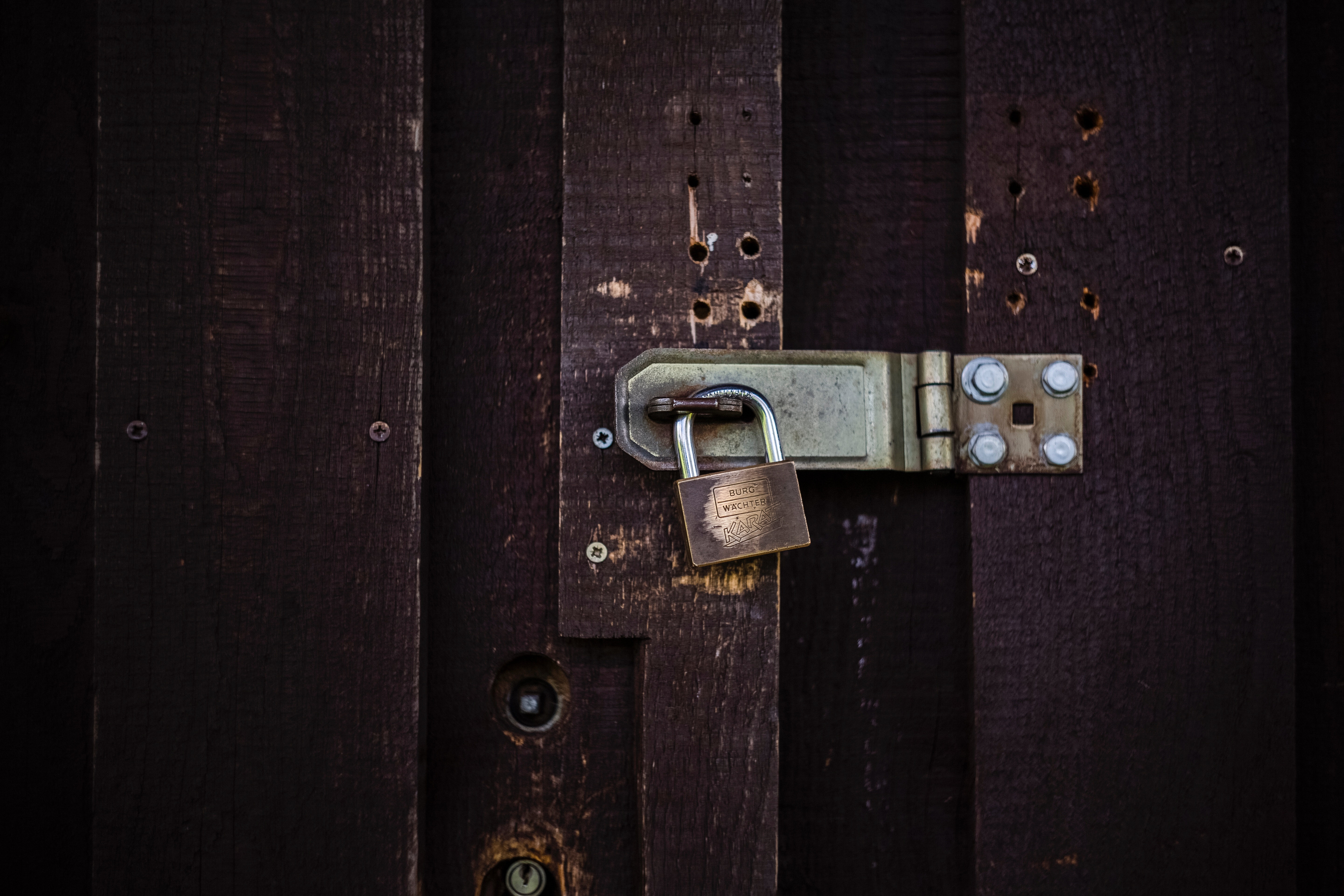
我的版权侵权经历
我想与大家分享一下有人未经许可使用我的照片的亲身经历。
我记得有一天晚上,我在家里更新我的 Facebook 动态。我的一位粉丝好心地给我发了一条私信,告诉我有人在他们的账户上发布了我的照片。我立即进入了相关个人资料,看到了我的照片。数百人点赞并留下了积极的评论。然而,没有提到我的账户,也没有用户在任何时候明确表示这张照片属于我。相反,他们分享了它并配上标题“我很棒的视角”。不……那是 我的 很棒的景色!

现在,虽然有人认为我的作品好到可以剽窃,让我有点受宠若惊,但我很不高兴他们拿走了我辛苦创造的东西——而且我也为此感到自豪!
我立即给他们发信息,要求他们删除图片。他们回复了,并道了歉,删除了照片。但是,如果没有人提醒我,我可能永远都不会知道这件事。我也不记得将来每次发生这种情况。此时,你很可能在想“我不想让别人窃取我的照片”,但别担心,我有几个技巧可以防止一些最常见的情况,所以让我们开始吧。
保护我们的工作
在许多情况下,我们都会成为版权侵权的受害者。普通人很可能会窃取照片,然后重新发布或打印。不幸的是,也有一些公司和网站未经摄影师许可就将照片用于宣传材料或编辑目的。这是不对的,在任何情况下,您都有权采取行动。令人沮丧的是,这可能是一个漫长而昂贵的过程。
好消息是,作为摄影师,我们有很多方法可以保护我们的照片。我想与你们分享我发现的非常有用的技巧,我相信你们也会这么做。
照片标志
强大的 Photologo 是公开宣称照片所有权的最常见和最成功的方法。我的经验告诉我,在图片上添加自己的个性化身份可以立即让人们知道这张照片的主人是谁。
有趣的部分是设计。通过定制照片徽标,我们可以将更多自己的特色融入到作品中,而且徽标越独特,就越难复制,这让我们确信我们的作品不会被盗用。
就我个人而言,我喜欢将我的 Photologo 放在图片的顶部或底部中央 - 但我们鼓励您将它放在您觉得最舒服的位置。如果您担心别人会剪掉它,请不要担心。未经授权从照片中删除徽标是违法的,可能会被处以高额罚款。
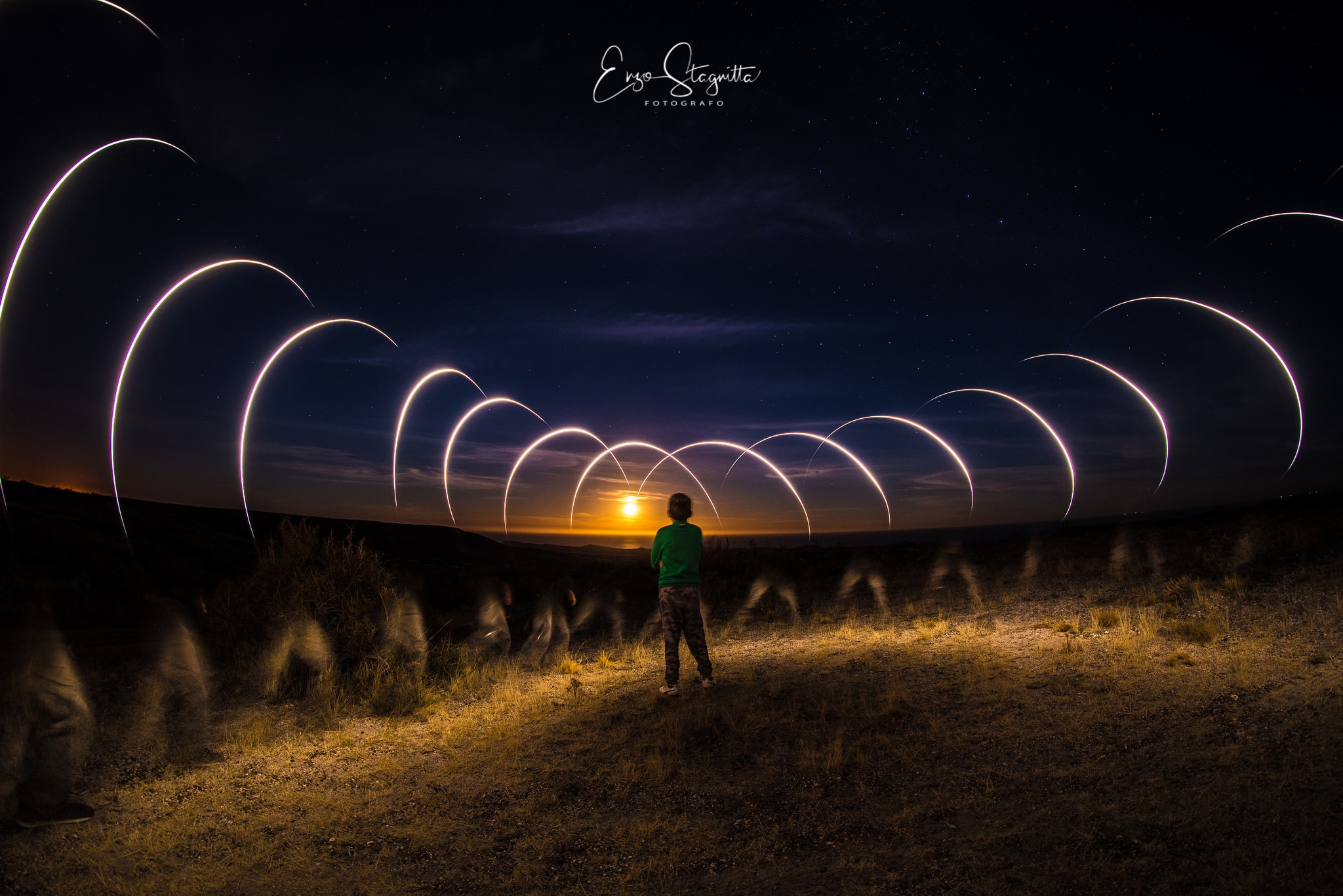
为您的照片添加版权元数据
您是否知道在导出图片时可以保护您的作品?几乎所有领先的编辑软件都允许您添加详细信息并声明您的作品所有权,而无需在图片上显示。请注意,这只有在您意识到照片被盗后才会派上用场。虽然有用,但它不如强大的 Photologo 有效,可以防止人们未经同意重新发布您的图片。
我知道这样做可能看起来很复杂。别担心,我找到了一些简单的分步指南 Lightroom 和 捕获一个 用户。
禁用右键单击
Photologo 社区中的许多人都有自己的网站。它是您创作的所有精彩作品的中心,也是展示您才华的绝佳方式。简而言之,它是您品牌的家园。因此,您最不想做的事情就是让人们轻松下载您的图片。
Squarespace、WordPress 和 Format 等热门网站主机都提供了允许您禁用右键单击的方法——这是人们从网络下载照片的最常见方式。
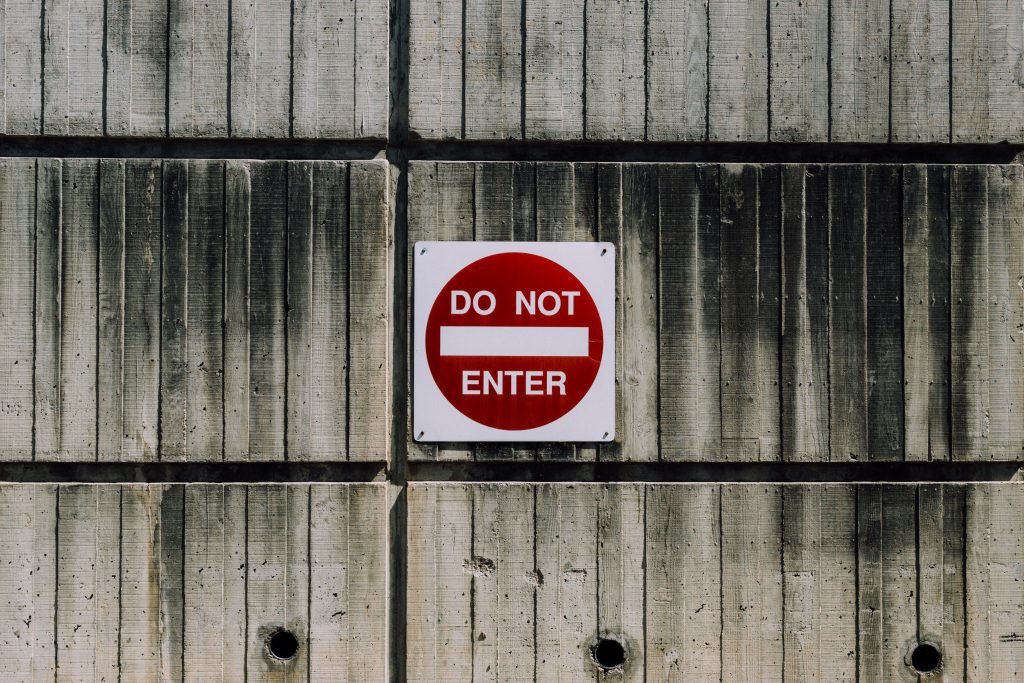
我找到了一些有用的信息来帮助您开始这个过程,涵盖了三个主要的网络托管网站……
调整网页大小
我最喜欢看到精美的照片被打印出来挂在墙上。不幸的是,照片窃贼也喜欢。如果你将高分辨率图像上传到社交媒体,那么你就为人们拍摄、打印这些照片打开了大门,而他们却从不让你知道。
这就是为什么当我知道我只会在线分享图像时,我会调整图像大小(我总是先保存高分辨率版本)。
调整大小时,我会将照片保存为 1090px 的长边,分辨率为 72dpi。因此,如果有人下载图片并打算打印,那么打印出来的图片像素会非常高,质量很差,而且毫无用处。
我如何知道是否有人在网上窃取了我的图像?
如果你想知道是否有人拍过你的照片,幸运的是,有一种方法可以让你知道。这时,Google 就可以成为你最好的朋友了。
只需访问 Google 图片,在搜索栏中您会看到上传照片的选项。上传您要搜索的图片,Google 就会显示所有使用该图片的页面。通过浏览网站,您将能够发现您的图片是否在未经您授权的情况下被发布。
您可以访问 Google 图片搜索 这里
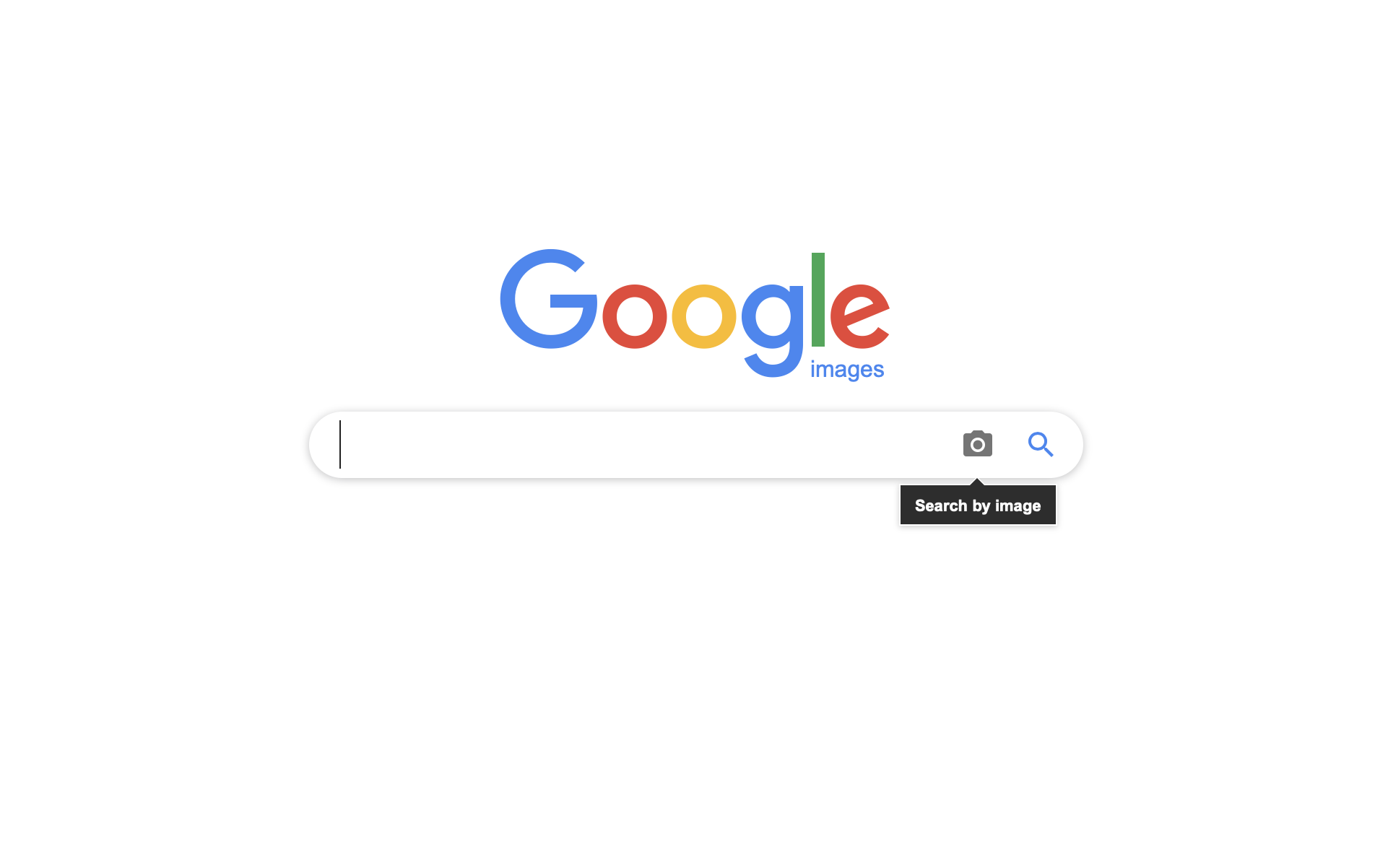
如果你的图片被盗了该怎么办
让别人拿走你的作品绝对不是什么好经历。如果真的发生了,以下是一些你可以采取的简单措施,以便正确处理此事。这适用于个人和公司/网站侵犯版权的行为。
首先要做什么
好的,您要做的第一件事就是创建作品被盗的证据。如果情况发展成法律问题并且您想要索赔,那么这将非常有用。
记录侵权作品很简单。只需截取屏幕截图或照片,并始终打印一份纸质副本以作记录。这有助于确定你为保护照片而采取的任何措施(例如你的照片徽标和元数据)是否已被被告删除。
如何在 Facebook 上举报照片
如果像我一样,你发现有人未经同意发布你的图片,向 Facebook 举报将有助于删除它。这个过程很简单,为了让它更容易,我列出了你需要采取的快速步骤。
转到个人或公司时间线并找到您的图片。为了节省无休止的滚动,您可以在其个人资料的“照片”部分更快地找到它。单击图片并将鼠标悬停在其上。将出现一个下拉菜单,标题为“选项”。单击选项选项卡后,您将看到提示,要求您单击“报告照片”。然后,Facebook 会要求您解释报告图片的原因。选择“其他”,然后选择“知识产权”。
剩下的事 Facebook 会做!
添加 DMCA 删除通知选项
如果您发现网站所有者或数字服务提供商未经您的同意使用了您的图片,DMCA 删除功能可让您向他们发出通知。通过这样做,您可以向他们明确表示该图片属于您,并且需要立即从他们的平台上删除。
虽然不是最令人兴奋的读物(相信我,我知道),但值得一看官方的 DCMA 网站 了解有关该主题的更多信息。
在数字时代,我们的作品很容易被盗用。通过添加您独特的照片标识并采取上述其他措施,您可以最大限度地防止“小偷”给您带来麻烦。您还可以避免可能漫长而令人沮丧的夺回自己作品的战斗,同时向真正有兴趣与您做生意的人强调您的名称和品牌。
如果您对版权侵权有任何疑问或需要有关如何保护您的作品的详细信息,请查阅本文中提到的链接。
